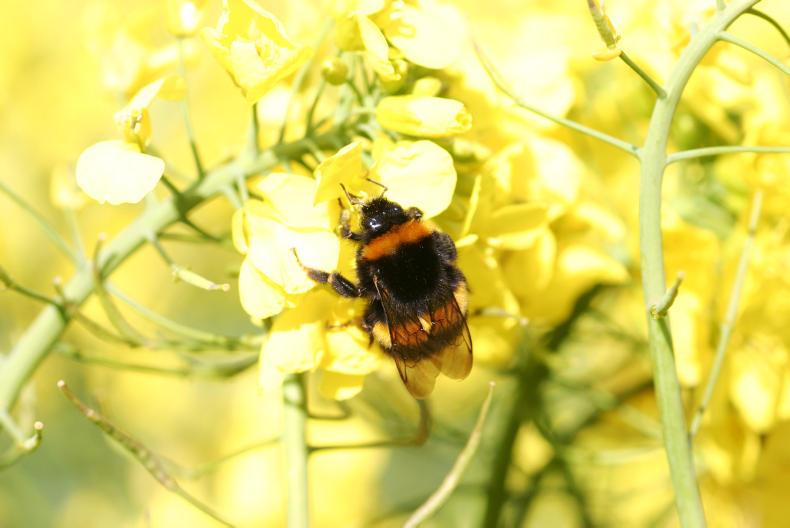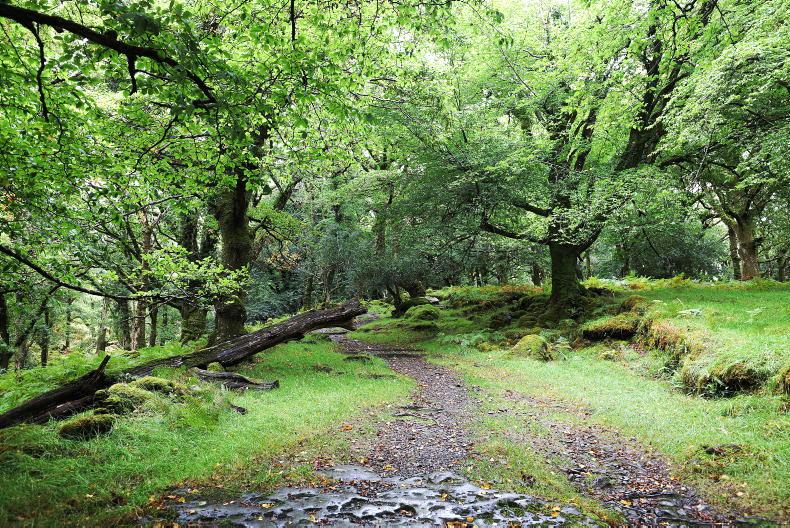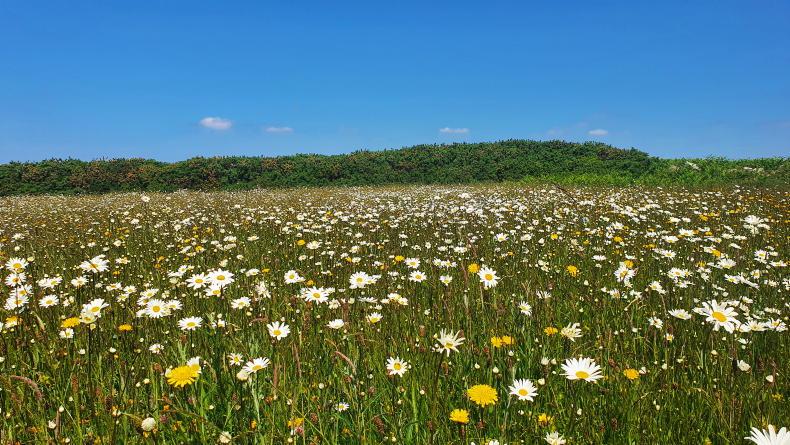Subsidies encouraging farmers to produce more should be redirected towards environmental conservation, a landmark UN-sponsored report has recommended.
The Intergovernmental Science-Policy Platform on Biodiversity and Ecosystem Services (IPBES) report identifies changes in land use as the main driver of biodiversity loss, with 1m animal and plant species facing extinction. Among them are 1,000 livestock breeds.
We are eroding the very foundations of our economies, livelihoods, food security, health and quality of life worldwide
Hundreds of millions of euro worth of crops each year are under threat from pollinator extinction, the group added.
“We are eroding the very foundations of our economies, livelihoods, food security, health and quality of life worldwide,” said IPBES chair Robert Watson.
“Agricultural expansion is the most widespread form of land-use change, with over one-third of the terrestrial land surface being used for cropping or animal husbandry,” the experts calculated.
While encroachment of agricultural land on natural habitats such as forests has been occurring mostly in tropical areas, Irish farmers use imported feeds such as soya beans that are grown there.
Each year, €90bn worth of farm subsidies in developed countries, including the EU’s agriculture supports, are potentially harmful to nature
Payments to farmers “generally have favoured expanding economic activity, and often environmental harm, over conservation or restoration,” the 145 Government-appointed scientists wrote.
Each year, €90bn worth of farm subsidies in developed countries, including the EU’s agriculture supports, are potentially harmful to nature, they estimated.
They recommended that this money should be redirected towards integrated pest and nutrient management, organic agriculture and better practices including soil and water conservation and more diverse farming systems such as agroforestry.
Read more
One million animal and plant species facing extinction - report
More to sustainability than just carbon footprint
Subsidies encouraging farmers to produce more should be redirected towards environmental conservation, a landmark UN-sponsored report has recommended.
The Intergovernmental Science-Policy Platform on Biodiversity and Ecosystem Services (IPBES) report identifies changes in land use as the main driver of biodiversity loss, with 1m animal and plant species facing extinction. Among them are 1,000 livestock breeds.
We are eroding the very foundations of our economies, livelihoods, food security, health and quality of life worldwide
Hundreds of millions of euro worth of crops each year are under threat from pollinator extinction, the group added.
“We are eroding the very foundations of our economies, livelihoods, food security, health and quality of life worldwide,” said IPBES chair Robert Watson.
“Agricultural expansion is the most widespread form of land-use change, with over one-third of the terrestrial land surface being used for cropping or animal husbandry,” the experts calculated.
While encroachment of agricultural land on natural habitats such as forests has been occurring mostly in tropical areas, Irish farmers use imported feeds such as soya beans that are grown there.
Each year, €90bn worth of farm subsidies in developed countries, including the EU’s agriculture supports, are potentially harmful to nature
Payments to farmers “generally have favoured expanding economic activity, and often environmental harm, over conservation or restoration,” the 145 Government-appointed scientists wrote.
Each year, €90bn worth of farm subsidies in developed countries, including the EU’s agriculture supports, are potentially harmful to nature, they estimated.
They recommended that this money should be redirected towards integrated pest and nutrient management, organic agriculture and better practices including soil and water conservation and more diverse farming systems such as agroforestry.
Read more
One million animal and plant species facing extinction - report
More to sustainability than just carbon footprint









SHARING OPTIONS